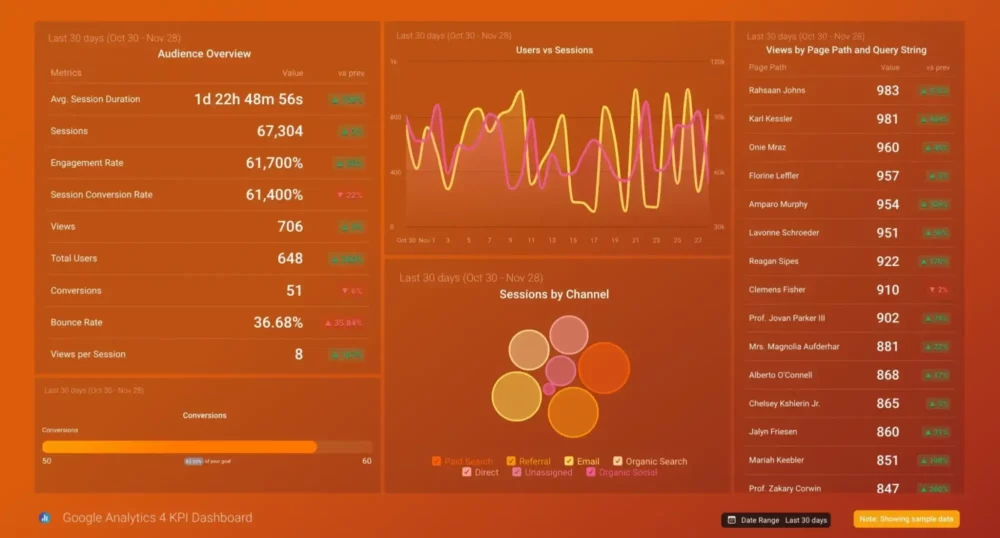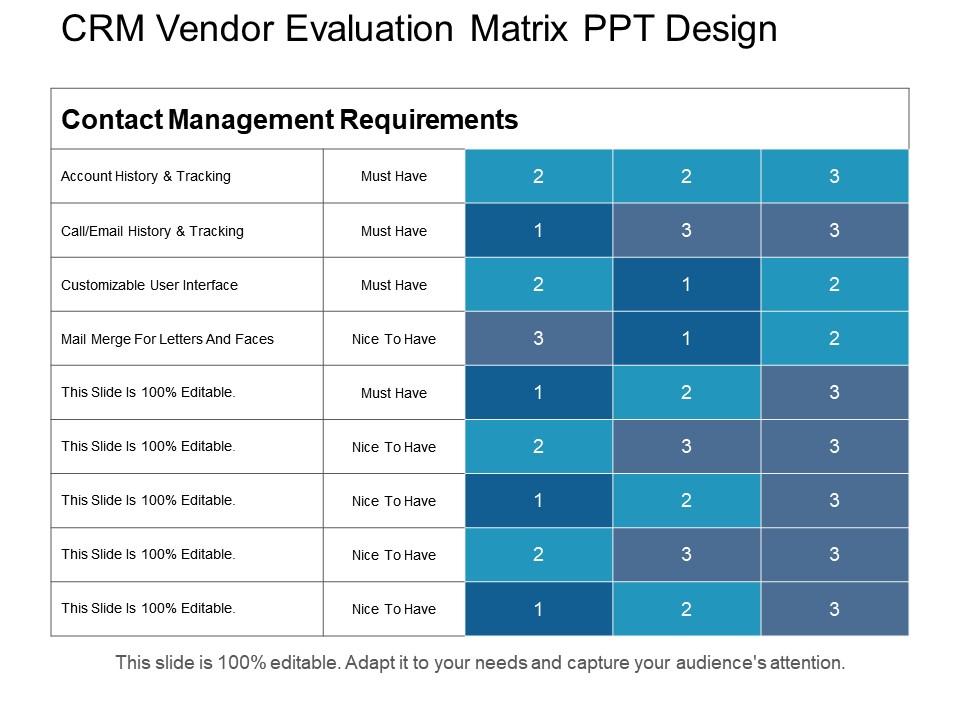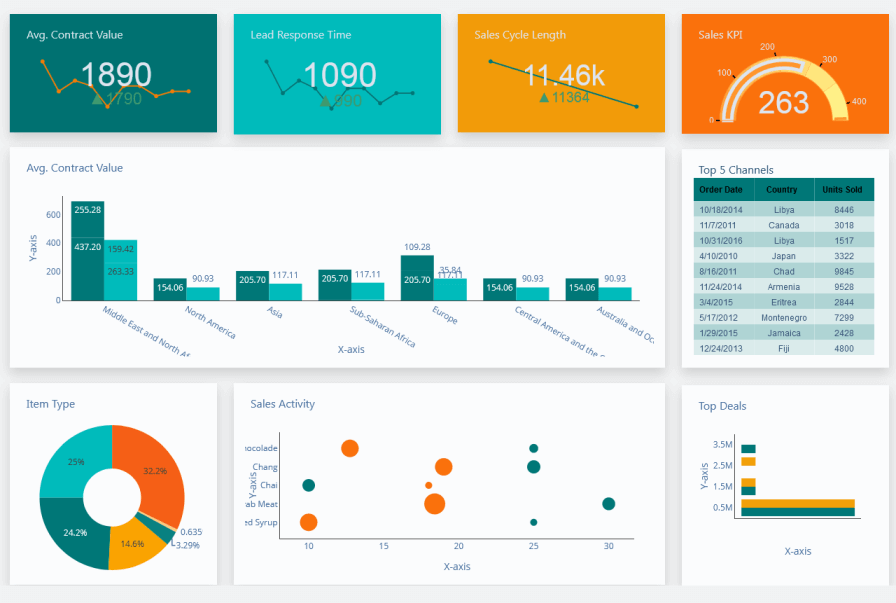Curating Your Essential AI Arsenal: A Strategic Approach to Productivity Tools
Foundation: Understanding the Minimal Viable Approach
In today's rapidly evolving AI landscape, success isn't about accumulating every new tool—it's about strategically selecting and mastering a focused arsenal that delivers consistent value. This comprehensive guide will help you build a minimum viable AI toolkit that maximizes productivity while avoiding the common pitfalls of tool fatigue and feature overload.
Foundation: Understanding the Minimal Viable Approach
The concept of a "minimum viable" approach in AI toolkit development isn't about settling for less—it's about achieving maximum impact with strategic precision. As industry experts emphasize, building a minimum viable toolkit means focusing on identifying and mastering a small set of tools that address your core needs rather than chasing every new AI tool release.
Defining Quality Over Quantity
In the AI productivity space, "minimum viable" translates to a carefully curated collection of tools that consistently deliver measurable value. This approach requires identifying your core productivity pain points and understanding which AI capabilities can realistically address them today. Rather than accumulating tools for their novelty, focus on those that integrate seamlessly into your existing workflow and demonstrate clear return on investment.

Mapping Your Productivity Landscape
Before selecting any AI tools, conduct a thorough audit of your current workflow. Identify bottlenecks, repetitive tasks, and areas where human creativity is underutilized due to administrative overhead. This mapping process becomes the foundation for strategic tool selection, ensuring that each addition to your toolkit addresses a specific, measurable pain point.
To visualize these productivity bottlenecks effectively, PageOn.ai's AI Blocks feature allows you to create modular workflow diagrams that break down complexity into understandable visual segments. This visual approach helps identify where AI agent tool chains can be most effectively implemented in your daily operations.
Productivity Bottleneck Analysis
The following diagram illustrates how to identify and prioritize areas for AI tool integration:
flowchart TD
A[Current Workflow Analysis] --> B[Identify Bottlenecks]
B --> C[Repetitive Tasks]
B --> D[Time-Consuming Processes]
B --> E[Error-Prone Activities]
C --> F[AI Automation Opportunity]
D --> G[AI Acceleration Opportunity]
E --> H[AI Quality Enhancement]
F --> I[Tool Selection Criteria]
G --> I
H --> I
I --> J[Minimum Viable Toolkit]
style A fill:#FF8000,stroke:#333,stroke-width:2px,color:#fff
style J fill:#FF8000,stroke:#333,stroke-width:2px,color:#fff
style I fill:#42A5F5,stroke:#333,stroke-width:2px,color:#fff
The Strategic Selection Framework
Developing a systematic approach to tool evaluation prevents impulsive decisions and ensures each addition to your toolkit delivers consistent value. This framework emphasizes testing methodology, decision matrices, and strategic integration planning.
Systematic Testing Methodology
Before committing to any new AI tool, establish a standardized testing protocol. This should include a trial period of at least two weeks, specific use cases that mirror your actual work scenarios, and measurable criteria for success. Document both quantitative metrics (time saved, accuracy improvements) and qualitative factors (ease of use, integration complexity, learning curve).

Decision Matrix Development
Create weighted decision matrices that balance functionality against practical considerations like learning curve, cost, and maintenance requirements. Prioritize tools that complement rather than duplicate existing capabilities in your workflow. This approach helps avoid the complexity issues commonly seen in AI development, where multiple interdependent tools can actually decrease overall efficiency.
PageOn.ai's Deep Search capability becomes invaluable during this research phase, allowing you to compare tool capabilities with integrated data visualizations that make complex feature comparisons more digestible and actionable.
Tool Evaluation Criteria
This radar chart shows the key factors to consider when evaluating AI productivity tools:
Core Categories for Maximum Impact
A well-structured AI toolkit focuses on four core categories that address the most common productivity challenges. Each category should contain no more than 2-3 carefully selected tools to maintain simplicity and avoid overwhelming complexity.
Communication & Content Creation
AI writing assistants, email optimization, and presentation tools that enhance your communication effectiveness while maintaining your authentic voice.
Data Analysis & Insights
AI-powered analytics, visualization tools, and pattern recognition systems that transform raw data into actionable intelligence.
Task Automation & Workflow
Process automation, scheduling assistants, and project management integration tools that eliminate repetitive work.
Research & Knowledge Management
AI research tools, information synthesis, and knowledge base creation systems that accelerate learning and decision-making.

Strategic Category Integration
The power of a minimum viable toolkit lies not just in individual tool capabilities, but in how these categories work together synergistically. For example, insights from your data analysis tools should inform content creation, while automation tools should streamline the research and knowledge management process.
PageOn.ai's Vibe Creation feature excels at designing visual representations of each category's role, helping you understand the conceptual relationships between different tool types and how they contribute to your overall productivity ecosystem.
Productivity Impact by Category
This chart shows the relative impact each tool category has on different aspects of productivity:
Implementation Strategy: From Selection to Mastery
Successful AI toolkit implementation requires a phased approach that prioritizes learning, measurement, and continuous optimization. Rather than attempting to integrate all tools simultaneously, focus on mastering one category at a time.
Phased Rollout Methodology
Begin with the category that addresses your most significant productivity bottleneck. Spend 2-4 weeks becoming proficient with tools in that category before moving to the next. This approach prevents cognitive overload and allows you to develop expertise that compounds across your toolkit.

Training Protocols and Documentation
Create standardized documentation for each tool that includes setup instructions, key use cases, common troubleshooting issues, and integration points with other tools in your stack. This documentation becomes invaluable for onboarding team members and maintaining consistency as your toolkit evolves.
Consider the current landscape of AI tool trends 2025 when planning your implementation timeline, but resist the urge to constantly chase new releases at the expense of mastering your core toolkit.
Recommended Implementation Timeline
A strategic 12-week rollout plan for maximum tool adoption success:
gantt
title AI Toolkit Implementation Timeline
dateFormat YYYY-MM-DD
section Phase 1
Tool Selection & Setup :active, p1, 2024-01-01, 2w
Initial Training :p2, after p1, 2w
section Phase 2
Category 1 Mastery :p3, after p2, 4w
Performance Measurement :p4, after p3, 1w
section Phase 3
Category 2 Integration :p5, after p4, 3w
Workflow Optimization :p6, after p5, 2w
Avoiding Common Pitfalls and Tool Fatigue
The AI productivity space is particularly susceptible to "shiny object syndrome," where the constant release of new tools creates pressure to continuously experiment rather than optimize existing capabilities. Understanding and avoiding these pitfalls is crucial for maintaining a focused, effective toolkit.
Recognizing Shiny Object Syndrome
Signs include spending more time evaluating new tools than using current ones, frequently switching between similar tools without clear justification, and feeling overwhelmed by the number of AI applications in your workflow. Combat this by establishing strict criteria for tool evaluation and setting specific time boundaries for experimentation.

Managing Complexity and Interdependencies
As research in AI development has shown, overall complexity increases significantly when multiple models work together with interdependent inputs and outputs. This same principle applies to productivity toolkits—each additional tool creates potential integration points that can become failure modes if not carefully managed.
To address this challenge, PageOn.ai's AI Blocks feature helps transform complex tool relationships into clear visual workflows, making it easier to identify potential bottlenecks and optimization opportunities before they become productivity drains.
Balancing Innovation with Reliability
While staying current with AI productivity assistants developments is important, prioritize tools with proven track records and strong support ecosystems. Allocate no more than 20% of your toolkit to experimental or cutting-edge tools, keeping the remaining 80% focused on reliable, well-established solutions.
Common Pitfalls vs. Prevention Strategies
Understanding the relationship between common mistakes and their prevention strategies:
Scaling Your Toolkit Strategically
As your proficiency with AI tools grows and your needs evolve, strategic scaling becomes essential. This involves knowing when to add new capabilities versus when to deeper optimize existing tools, and how to maintain efficiency as complexity increases.
Expansion Criteria Framework
Before adding any new tool to your established toolkit, it must meet specific criteria: address a genuine gap in current capabilities, demonstrate clear ROI within 30 days, integrate seamlessly with existing workflows, and require minimal additional cognitive load. If a tool doesn't meet all four criteria, focus instead on maximizing the potential of your current tools.

Team Collaboration Considerations
When scaling beyond individual use, consider how your toolkit choices affect team collaboration. Prioritize tools that offer shared workspaces, consistent user experiences, and collaborative features. The goal is to amplify team productivity without creating silos or communication barriers between team members using different tools.
Understanding the broader context of AI assistants in collaborative environments helps inform decisions about which tools will scale effectively as your team grows.
Visual Transformation Tracking
PageOn.ai's Agentic features enable you to create compelling visual narratives of your productivity transformation, showcasing measurable improvements over time. This documentation becomes valuable for justifying tool investments and identifying patterns in your productivity optimization journey.
Tool Addition Decision Matrix
Use this matrix to evaluate whether to add new tools or optimize existing ones:
flowchart TD
A[New Tool Consideration] --> B{Addresses Genuine Gap?}
B -->|No| C[Optimize Existing Tools]
B -->|Yes| D{Clear ROI Within 30 Days?}
D -->|No| C
D -->|Yes| E{Seamless Integration?}
E -->|No| C
E -->|Yes| F{Minimal Cognitive Load?}
F -->|No| C
F -->|Yes| G[Add to Toolkit]
style A fill:#FF8000,stroke:#333,stroke-width:2px,color:#fff
style G fill:#66BB6A,stroke:#333,stroke-width:2px,color:#fff
style C fill:#42A5F5,stroke:#333,stroke-width:2px,color:#fff
Measuring Success and Continuous Optimization
A strategic AI toolkit requires ongoing measurement and optimization to maintain its effectiveness. Establish clear key performance indicators, regular audit cycles, and systematic approaches to continuous improvement.
Key Performance Indicators
Track both quantitative metrics (time saved per week, error reduction rates, output quality scores) and qualitative factors (user satisfaction, learning curve efficiency, integration smoothness). Set baseline measurements before implementing new tools and track changes over 90-day periods to account for learning curve effects.
Essential Metrics to Track
- Time savings per task category
- Quality improvement scores
- Tool utilization rates
- Integration efficiency metrics
- Learning curve progression
- Cost per productivity unit

Regular Audit Cycles
Conduct quarterly reviews of your toolkit effectiveness, identifying underperforming tools and optimization opportunities. This systematic approach prevents tool accumulation without purpose and ensures your toolkit evolves with your changing needs and the advancing AI landscape.
Building Sustainable Practices
Document lessons learned and best practices for future tool evaluation and integration. Create a knowledge base that captures not just what works, but why it works and under what conditions. This documentation becomes invaluable as you scale your toolkit or onboard team members.
Productivity Improvement Timeline
Typical productivity gains following strategic AI toolkit implementation:
Transform Your AI Strategy with PageOn.ai
Ready to build your minimum viable AI toolkit with confidence? PageOn.ai provides the visual intelligence tools you need to map workflows, compare tools, and optimize your productivity strategy with clarity and precision.
Start Creating with PageOn.ai TodayYou Might Also Like
Visualizing Your Path to Personal Success: Map and Measure What Truly Matters
Discover how to map and visualize your personal success metrics, align them with your core values, and create a customized tracking system that motivates genuine fulfillment.
Visualizing Spooky Action at a Distance: Making Quantum Entanglement Comprehensible
Explore quantum entanglement visualization techniques that transform Einstein's 'spooky action at a distance' from abstract theory into intuitive visual models for better understanding.
Mapping the Great Depression: Visualizing Economic Devastation and Recovery
Explore how data visualization transforms our understanding of the Great Depression, from unemployment heat maps to New Deal program impacts, bringing America's greatest economic crisis to life.
Visualizing Electronics Fundamentals: ROHM's Component Guide for Beginners to Experts
Explore ROHM's electronics basics through visual guides covering essential components, power semiconductors, sensors, automotive applications, and design resources for all skill levels.
